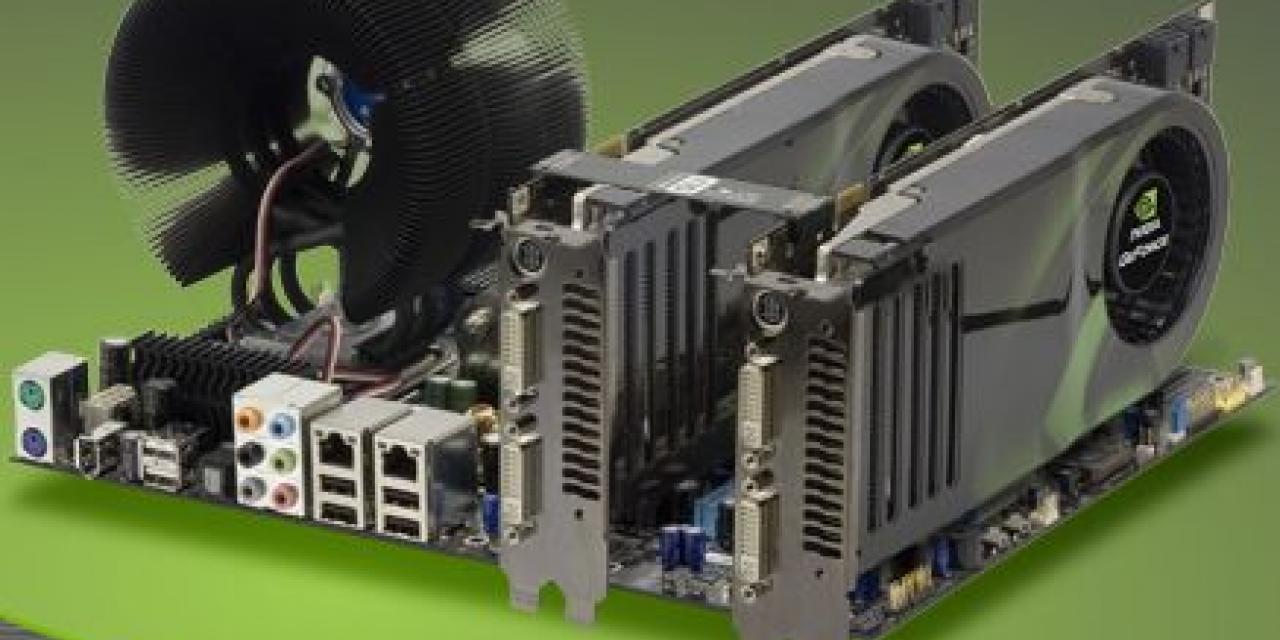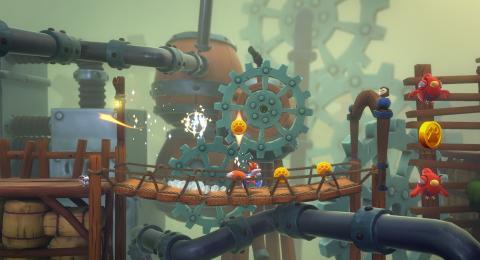
nVidia's release of the G80 GPU has been surprising as the company has kept the PR babble down to a minimum and has, instead, focused on the rave reviews the hardware has received. The real surprise however, is that the graphics giant has pulled off a major change in architecture smoothly and with minimal problems.
The flagship GeForce 8800 GTX, you know the one with the 575MHz core clock and the 768 MB of GDDR3 at 900MHz, has been outperforming rival after rival and in some tests run s even faster than two ATI boards in a Crossfire setup. All that even though the drivers are far from mature for such a new design and with the lack of Vista drivers and therefore DX10 benchmarking.
The real difference offered by the G80 design is, of course, the unified shader model, a design which ATI utilised first in the X360 Xenos GPU but one which has not been available to PC gamers until now. With the addition of the Vista driver, expected next week, the GF 8800 GTX will become the true performance king, although folks at ATI (or is it AMD?) are hard at work on their own DX10 board that will attempt to challenge nVidia. Once that happens prices may begin their long and slow downhill journey but until then cruise to the Screens tab above as it is likely the closest you will be able to get to an SLI rig with two GeForce 8800 GTX cards.








